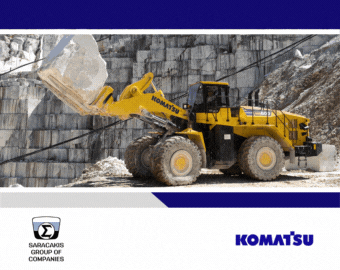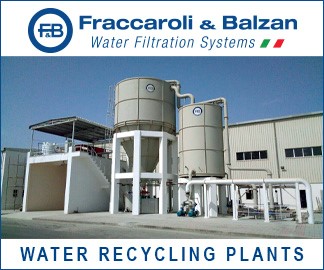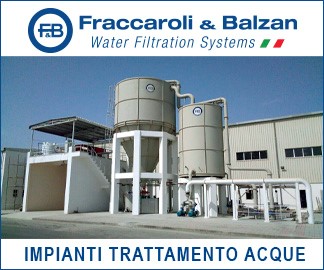S&P Global anticipates that Saudi Arabia’s long-term economic growth will increasingly depend on its mining and metals sector, aligning with Vision 2030’s goal of reducing the country’s reliance on oil.
The Kingdom holds vast reserves of critical minerals like copper, nickel, lithium, and phosphates—key to the global energy transition and food security. This gives Saudi Arabia a strong position amid growing global demand for such resources.
While S&P maintains a slightly negative global outlook for the metals and mining industry due to cost pressures and reinvestment needs, it acknowledges that demand remains robust. Stable metal prices, cautious financial strategies, and healthy balance sheets are expected to support sector resilience despite economic challenges.
Saudi Arabia is poised to outperform global trends, thanks to government support, favorable regulations such as the Mining Investment Law, and major investments in infrastructure and mega-projects. These efforts aim to boost domestic mineral use, cut import reliance, and improve operational efficiency.
The mining sector currently adds around $400 million to the economy, with ambitions to grow its GDP contribution from $17 billion in 2024 to $75 billion by 2030. The Public Investment Fund’s $40 billion annual commitment to local projects is expected to significantly drive demand for metals.
Projects like NEOM, Qiddiya, and the Red Sea Project are expected to increase demand for construction and transition metals. Localization of the mineral supply chain could also reduce current import costs, which range from $20 to $24 billion.
With an estimated $2.5 trillion in untapped mineral wealth, Saudi Arabia’s mining future looks promising—provided it maintains transparent, investor-friendly regulations to attract global partnerships.




































